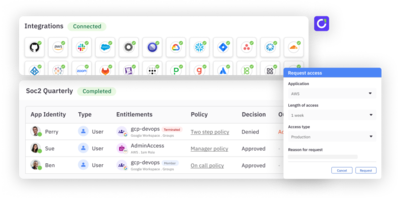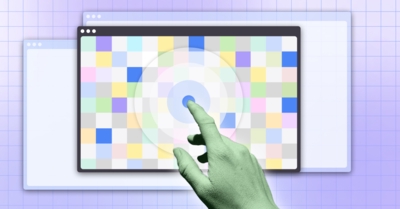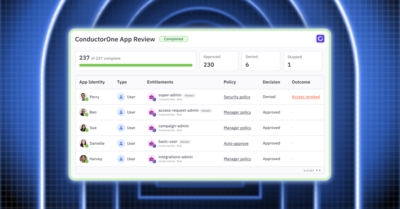I can’t help but notice that the lines between IT and Security are becoming increasingly indistinct. This convergence, far from signaling the demise of traditional IT departments, is fostering a new era of collaboration, adaptability, and shared responsibility.
The world of compliance is becoming increasingly labyrinthine. With requirements like GLBA and SOC2 growing in complexity, it’s no surprise that security teams are stepping up to the plate. Their specialized knowledge of security protocols and threat mitigation makes them indispensable in navigating this intricate maze.
The proliferation of SaaS products and the rise of cloud-native systems have brought about a new paradigm. Automation and configuration management have become the order of the day, and it’s the engineering and security teams that have mastered these arts.
Shifting Security Left is also taking center stage. By integrating security measures early in the development and deployment process, we can proactively address potential concerns and mitigate risks before they snowball into costly, time-consuming problems. This approach fosters a culture of continuous improvement, transcending departmental borders and forging a collaborative mindset.
For IT departments, this convergence offers a unique opportunity for growth and learning. By observing and adopting best practices from security and engineering teams, they can remain relevant and valuable contributors in an ever-changing landscape.
But there’s more to it than just learning new tricks. The idea of “failing fast” and embracing innovation, which is deeply ingrained in the world of startups and software development, can also find its way into the realm of IT. By adopting the iterative mindset and the relentless pursuit of improvement, IT departments can drive significant change within organizations.
There is also a deep need for effective communication between departments. As IT, security, and engineering teams work more closely together, fostering a culture of open dialogue and active listening can help resolve issues efficiently and build trust among team members.
To thrive in this new era, we need to embrace change and combine the strengths of each department. The goal is to work together better by being more flexible, cooperative, and security-focused. It is an evolutionary process, and I’m excited to see where it goes.





